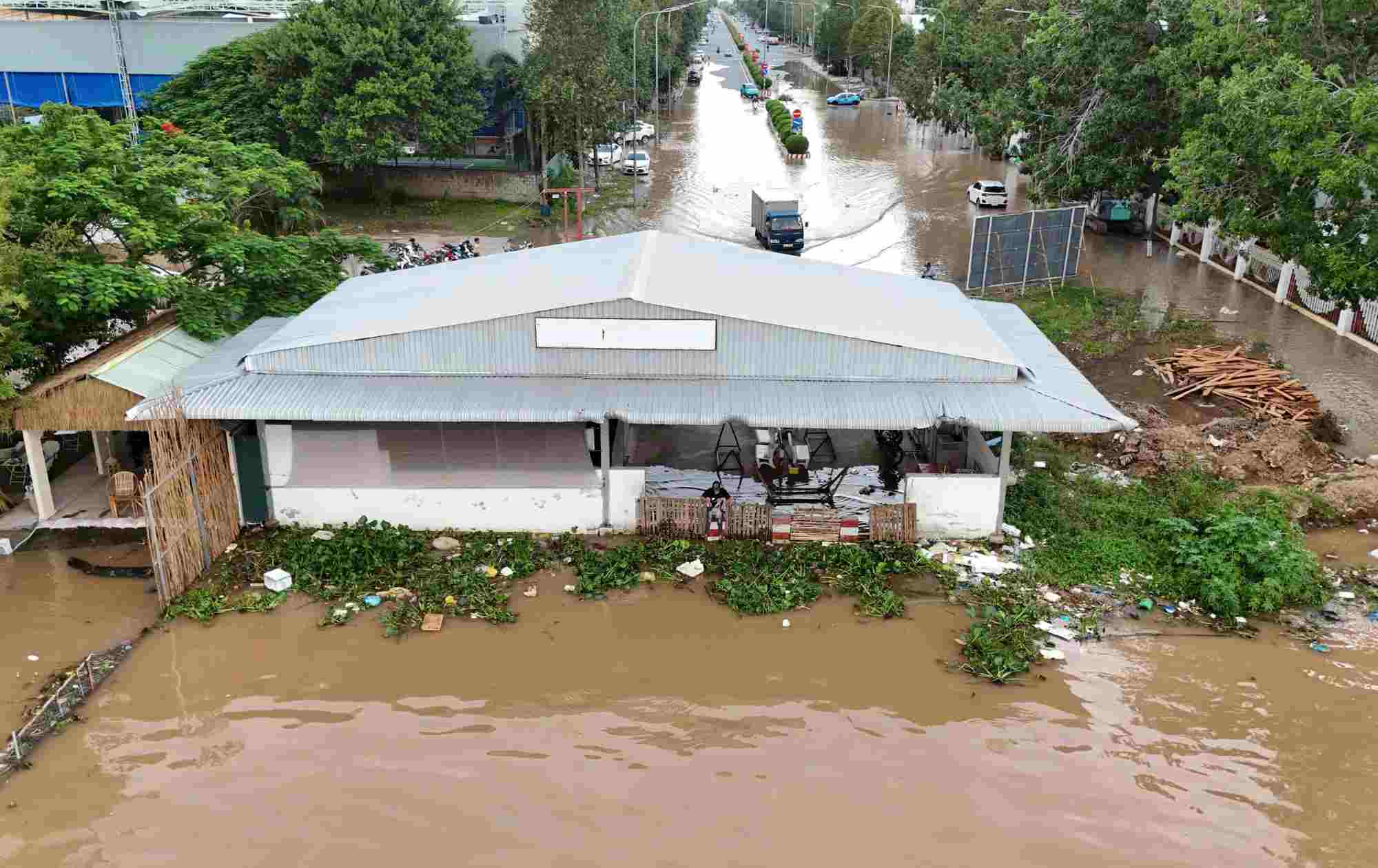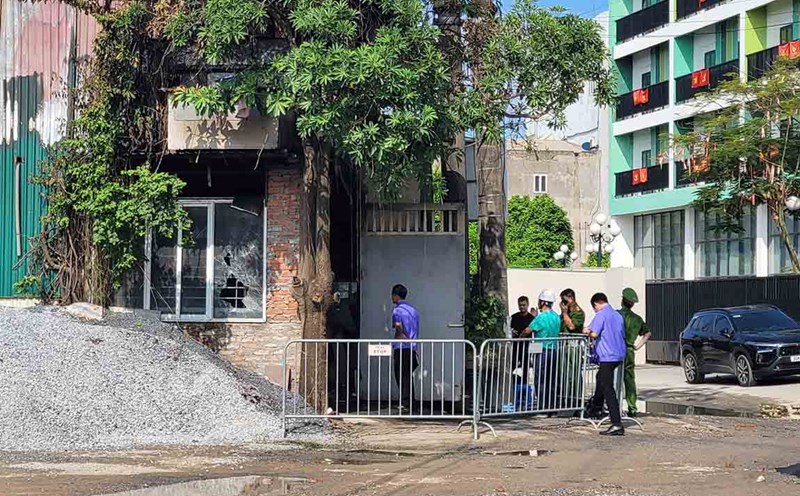28 members and people are in a deadlock because they are... waiting for the auction
After many years of inactivity, the Con Khuong - Thanh Loi ferry terminal (connecting Can Tho City with Vinh Long Province) is becoming a "symbol" of waste and stagnation in the management of inland waterway traffic wharves. Not only are public assets degraded, but the lives of dozens of members of Thanh Loi Transport Cooperative (TTX GTVT) are also at a standstill.
Mr. Thai Cong Danh - Chairman of the Board of Directors of Thanh Loi Transport Cooperative said that the cooperative was licensed to operate since 2012 and has invested in a systematic infrastructure according to the requirements of the relevant authorities. In 2018, Ninh Kieu District People's Committee organized an auction of Con Khuong ferry terminal with an exploitation period of 3 years. The winning bidder must pay nearly VND18 billion, equivalent to VND494 million/month. After that, this unit signed a counterpart contract with Thanh Loi Cooperative, each side exploiting 15 days/month.
However, in July 2020, the auction winning party suddenly stopped operating. By 2021, the COVID-19 outbreak forced Thanh Loi Cooperative to stop running, waiting for the auction to resume. Since then, the wharf has been abandoned. "For many years, we have no income, but still have to pay bank interest, rent anchorage and repair ferries every year. At the end of last year, the cooperative had to sell a ferry to get money to renovate the remaining two, Mr. Thai Cong Danh shared.
According to Mr. Duong Van Luot - a member of the cooperative, many members have borrowed capital to buy ferries since the first day of establishment, and are still in debt. "I just hope the state will soon reorganize the auction so that we can operate and have income to support our family" - Mr. Luyt said.
The suspension of the wharf not only caused difficulties for 28 members of the cooperative, but also greatly affected the lives of people on both sides of the Hau River.
Mr. Ngo Van Chin, a resident near Thanh Loi wharf, said that before, taking a ferry took only 15 minutes for 6,000 VND, now taking a detour across Can Tho bridge takes up to 45 minutes and the cost is double. Many elderly people, students, and small traders are not eligible to go around. Education and business are affected" - Mr. Le Van Dung (Tan Quoi commune) added.

New wharf abandoned, old wharf needs demolition but still operates
In fact, both ends of the wharf are now deserted. Thanh Loi Wharf Lounge is used by people as a place to dry coconut shells and raise livestock; the road down to the wharf is sunken, overgrown with weeds. On the side of Con Khuong (Can Tho), the waiting room is also in a state of disrepair, becoming a fishing place for people.
Mr. Bui Van Kiet - Chairman of Cai Khe Ward People's Committee (Can Tho City) informed that Con Khuong ferry terminal was previously managed by Ninh Kieu District, but according to the new regulations in Decree 140/2025/ND-CP, it has now been transferred to the Ward People's Committee.
"We are working with the price appraisal consultancy unit to re-determine the starting price, then a council will be established and submitted to the City People's Committee for approval. The auction will be organized as soon as possible" - Mr. Kiet said.
However, the delay has lasted from 2021 to present, causing public opinion to question the effectiveness of wharf management in Can Tho City.
According to Decision 2047/QD-UBND in 2017, Con Khuong - Thanh Loi ferry terminal is planned as a type 1 terminal, which needs investment and development. Meanwhile, the old Can Tho ferry terminal (Tran Phu Street) is still operating openly, even though it does not meet legal requirements.
According to the confirmation of the Urban Management Department of Ninh Kieu District (old), Tran Phu Wharf has not yet had a water surface lease contract, the land is still managed by the Ministry of Transport. However, this wharf has been "temporarily" extended to serve the needs of the people and has not yet taken any action to stop operations.
A wharf that is planned for investment in a method is abandoned, while a wharf that does not meet legal requirements is still operating - the reality shows a worrying paradox in the management of inland waterway wharves in Can Tho.











